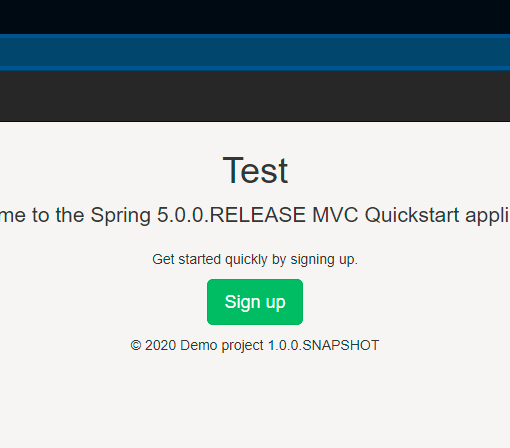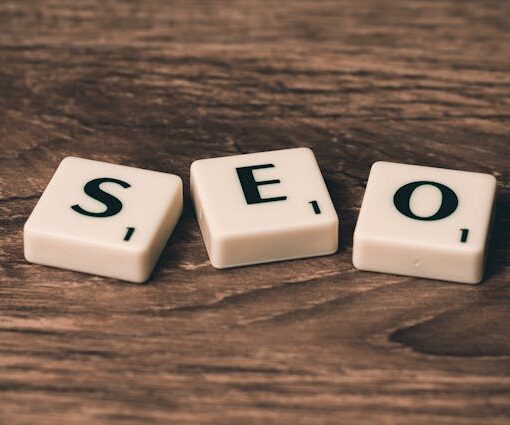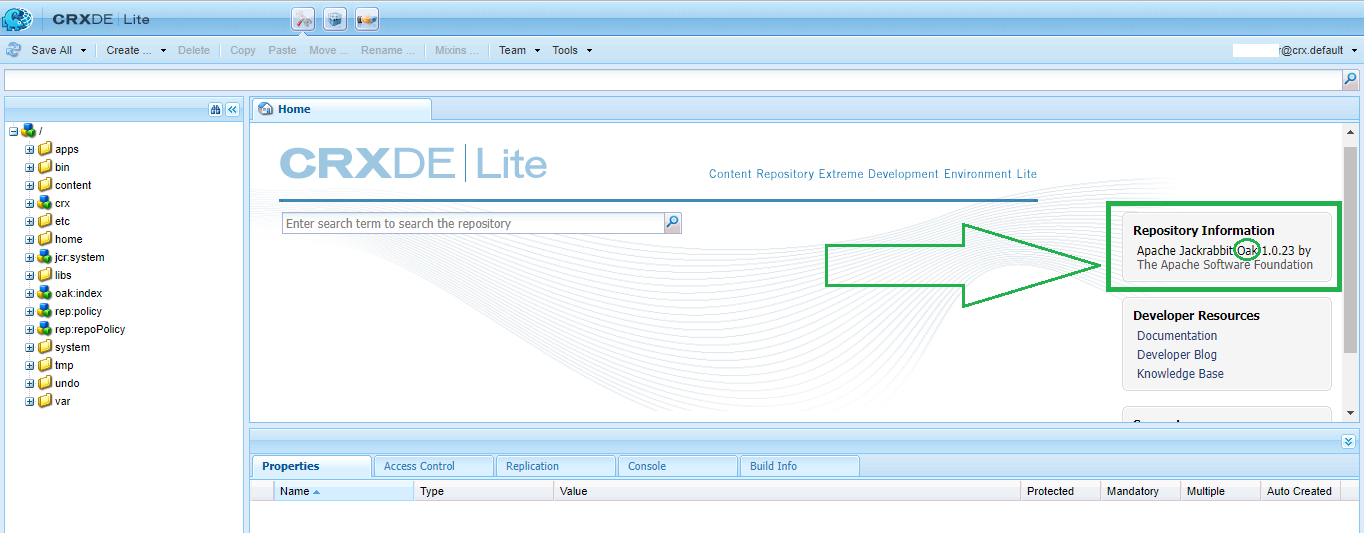Clickbait is the headlines That Promise More Than They Deliver. They are too good to be true and designed to trick you! You will find them plain annoying. Clickbait is often used to spread misinformation or generate advertising revenue.
Have you ever clicked on a headline that sounded shocking or too good to be true — only to feel disappointed by what you actually saw?
Something like:
“This One Trick Will Make You Rich Overnight!”
“You’ll Never Guess What Happens Next!”
“Doctors Hate This Woman!”
“You Won’t Believe What This Cat Did to Save Its Owner!”
“This One Trick Will Make You Rich Overnight!”
“He Opened a Can of Soda… What Happened Next Will Blow Your Mind!”
“Lose 20 Kilos in a Week With This Simple Kitchen Ingredient!”
“Number 7 Will Leave You Speechless!”
“Doctors Are Begging People to Stop Doing This One Thing — You’re Probably Doing It Right Now!”
If so, you’ve been clickbaited.
Let’s break down what clickbait is, why it’s risky, and how to spot and avoid it — all in simple, everyday terms.
These types of headlines are everywhere — on news sites, YouTube, Instagram reels, and even WhatsApp forwards.
If you’ve ever clicked one out of curiosity and then felt like you were tricked or let down, congratulations — you’ve experienced clickbait.
🎯 What Exactly Is Clickbait?
Clickbait is content (usually headlines or thumbnails) that’s designed to make you curious or excited enough to click, but then doesn’t really deliver on its promise.
It often:
- Over-exaggerates the truth
- Hides key information to make you curious
- Uses emotional words like “shocking,” “unbelievable,” or “you won’t believe”
In short: it’s like flashy packaging on a box — but when you open it, the gift isn’t nearly as exciting as you expected.
⚠️ Why Is Clickbait a Problem?
Clickbait might seem harmless at first — just a way to get more clicks, right? But here’s why it’s risky, for both readers and content creators:
1. It Breaks Trust
When people realize the content doesn’t match the headline, they feel fooled. If this happens often, they’ll stop trusting the source — whether it’s a blog, a brand, or a business.
2. It Wastes Your Time
You click expecting to learn something useful or entertaining… but end up with fluff. That’s frustrating, and readers may not come back.
3. It Can Spread Misinformation
Some clickbait headlines twist facts or leave out key details just to sound shocking. This can lead to confusion or even panic, especially with news, health, or finance topics.
4. It Hurts Good Content
Quality articles that are honest and helpful often get ignored in favor of loud, dramatic ones. Clickbait steals attention from content that actually deserves it.
5. It Hurts SEO and Performance (For Content Creators)
Search engines like Google track how long people stay on a page. If readers click a clickbait link and then leave quickly (because they’re disappointed), it signals that the content is low quality — which can harm your site’s ranking.
🧠 Why Do People Still Use It?
Because it works — in the short term.
Clickbait plays on our natural curiosity. We see something outrageous and our brain says:
“Just one click — let’s find out!”
But over time, it becomes clear that trust matters more than cheap clicks.
By following these tips, you can help to avoid clickbait and protect yourself from its harmful effects.
👀 How to Spot Clickbait as a Reader
Here are a few red flags:
- Super dramatic language (like “shocking” or “unbelievable”)
- Headlines that ask questions but never answer them
- Promises that sound too good to be true
- Lists with no context (e.g., “You Won’t Believe #3!”)
If it feels fishy — it probably is.
✍️ Final Thoughts
Clickbait might get attention, but it rarely earns loyal readers. Whether you’re a content creator or just someone trying to avoid time-wasting articles, it pays to be aware.
Choose (or create) content that’s clear, helpful, and delivers what it promises.
Because trust is worth more than any click.
👇 Have you ever fallen for a clickbait headline?
Share your experience in the comments below — and if you found this post helpful, consider subscribing to our newsletter for more tips on creating content that builds trust, not just traffic.
Checkout some of our blogs on other Generic information category. You will definitely like it!




